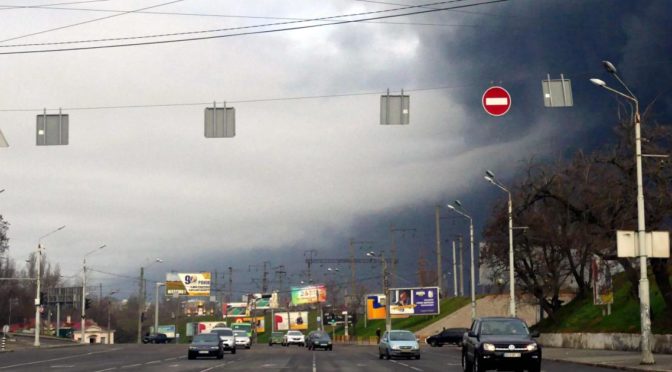Позначка: транспорт
-

АНОНС онлайн-семінару «Якість повітря в містах: виклики та рішення»
Програма «Чисте повітря для України» та чеською неурядовою організацією «Арніка» запрошує всіх охочих долучитися до онлайн-семінару на тему «Якість повітря в містах: виклики та рішення».
-
Нова “надія” на появу велодоріжок в Дніпропетровську
У п’ятницю, 20 лютого 2015 року у Дніпропетровському міськвиконкомі під головування першого заступника міського голови, Крупського А. Ф., відбулася робоча нарада щодо проблем і питань реформування транспортної галузі міста. Присутні були представники Управління капітального будівництва і комунального господарства, Департаменту транспорту та зв’язку, Управління по зв’язках з МВД, КП “Дніпроміськтранс”, КП “Дніпродорсервіс” та ін. Також були…
-
6 Freeway Removals That Changed Their Cities Forever
It seems counterintuitive, right? Rip out eight lanes of freeway through the middle of your metropolis and you’ll be rewarded with not only less traffic, but safer, more efficient cities? But it’s true, and it’s happening in places all over the world. Many freeway systems were overbuilt in an auto-obsessed era, only to realise later…